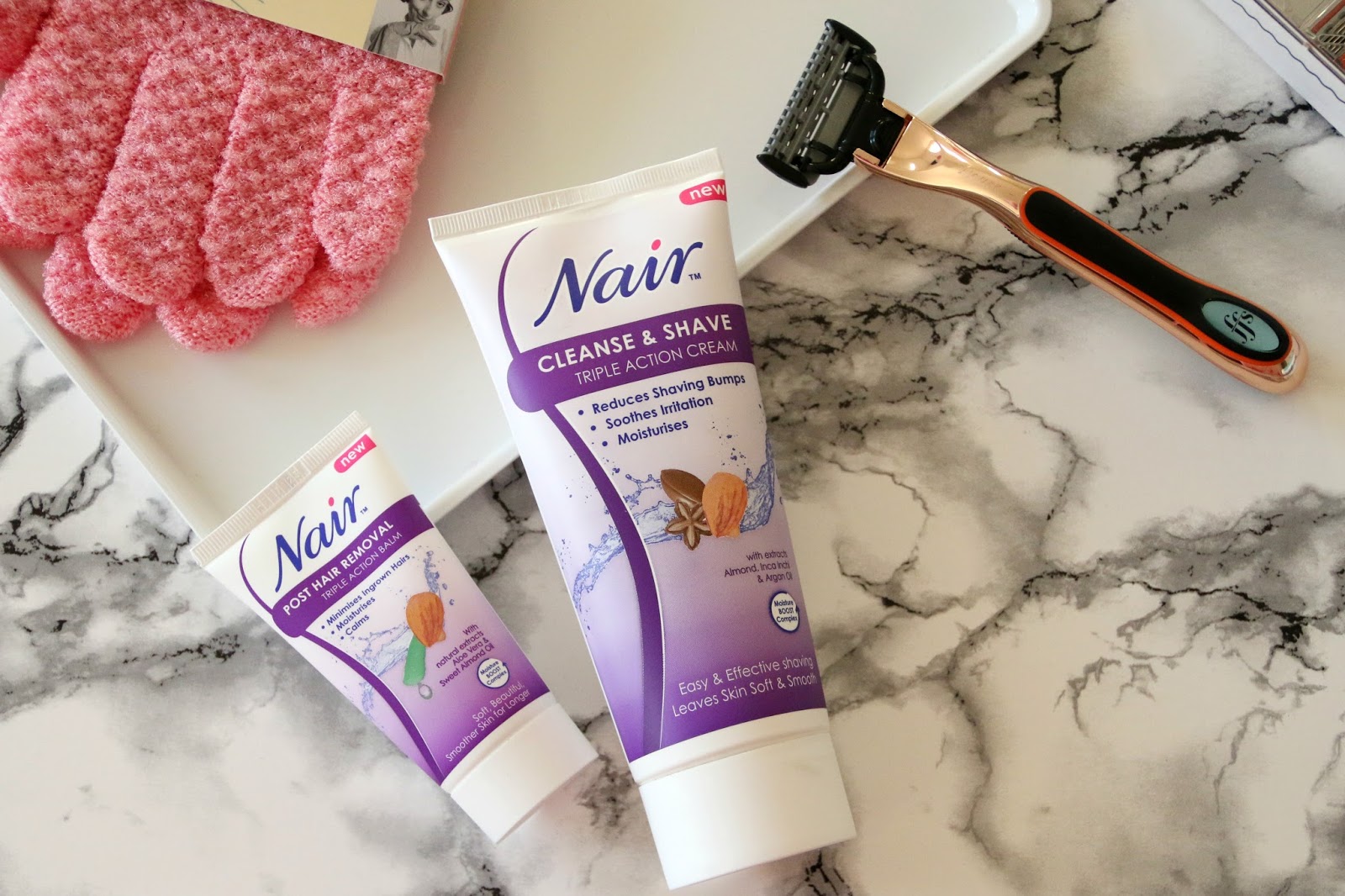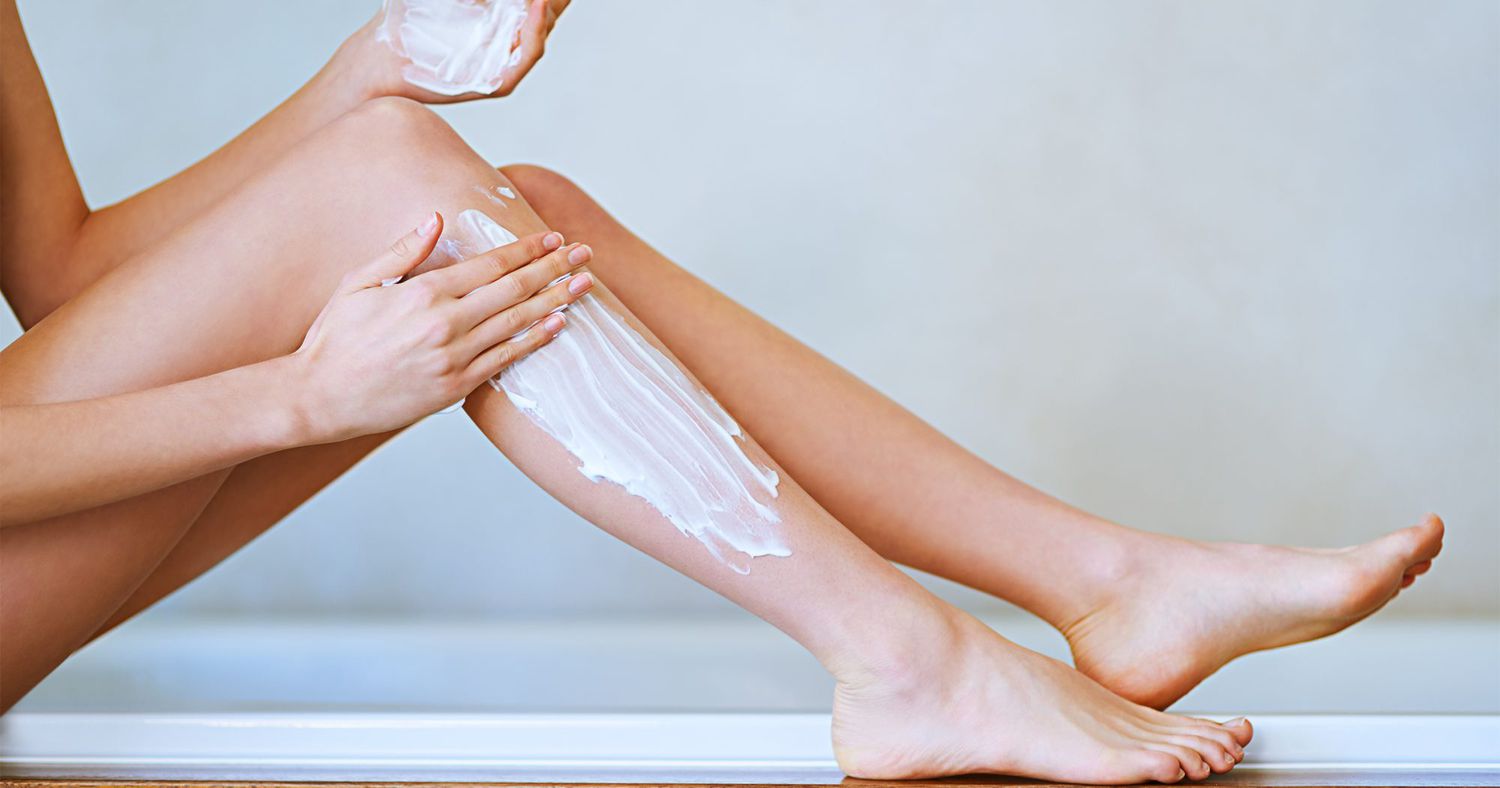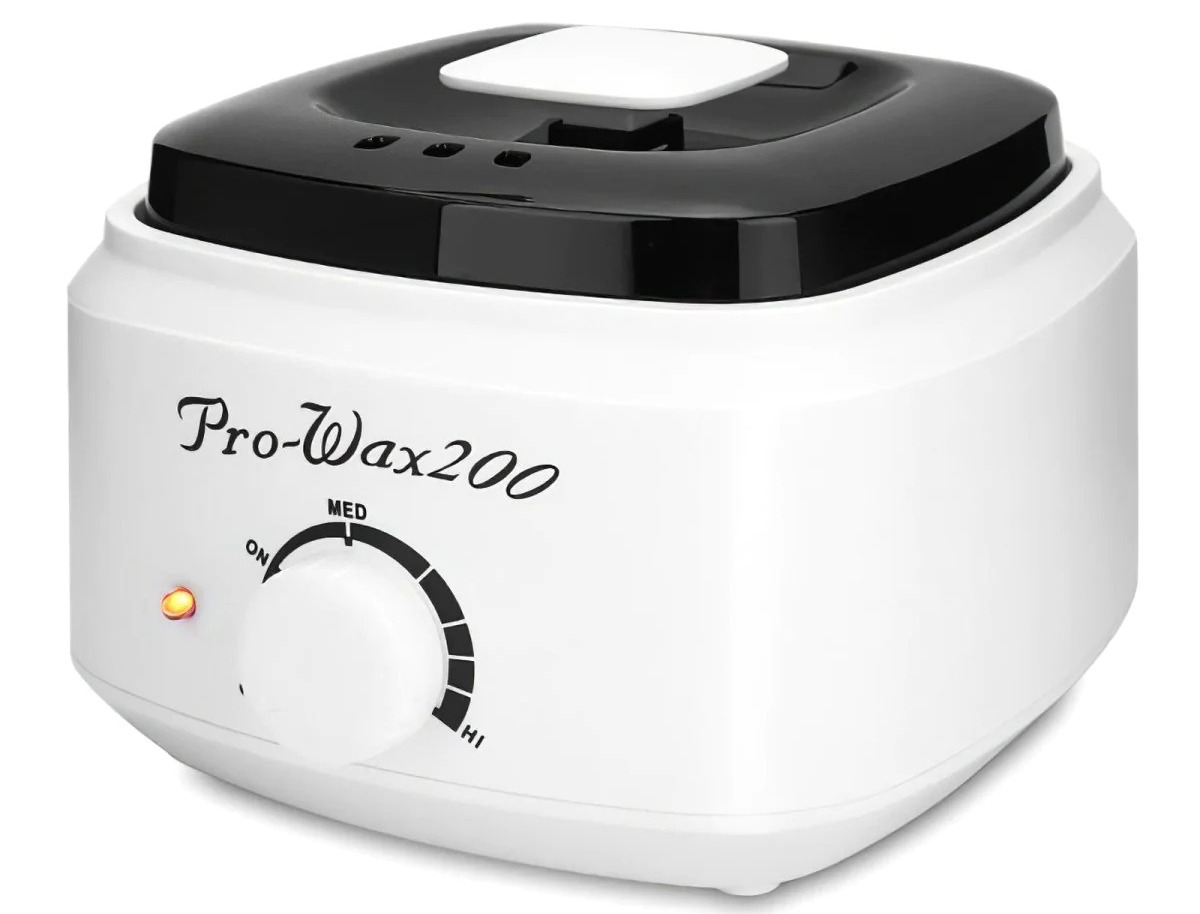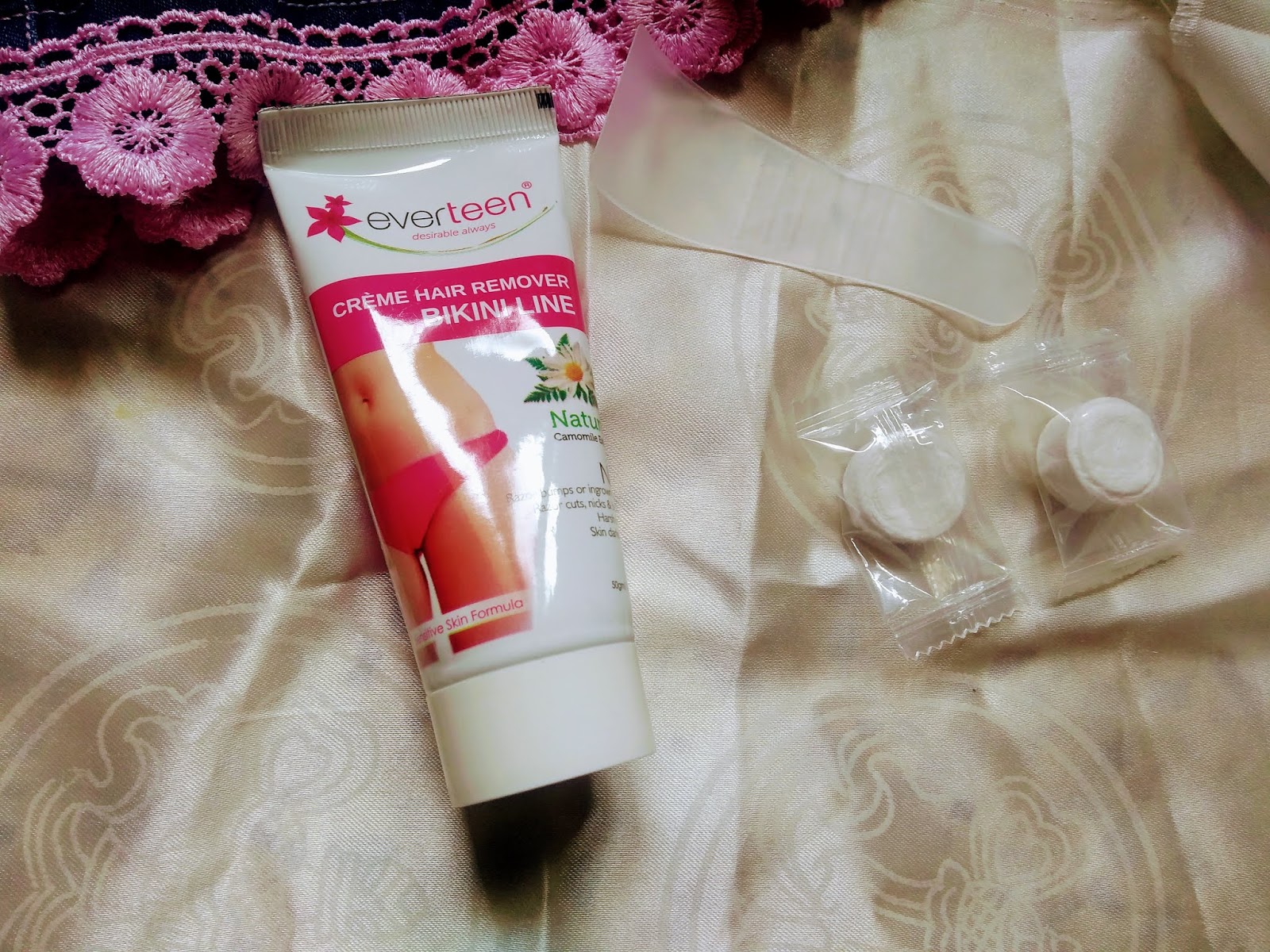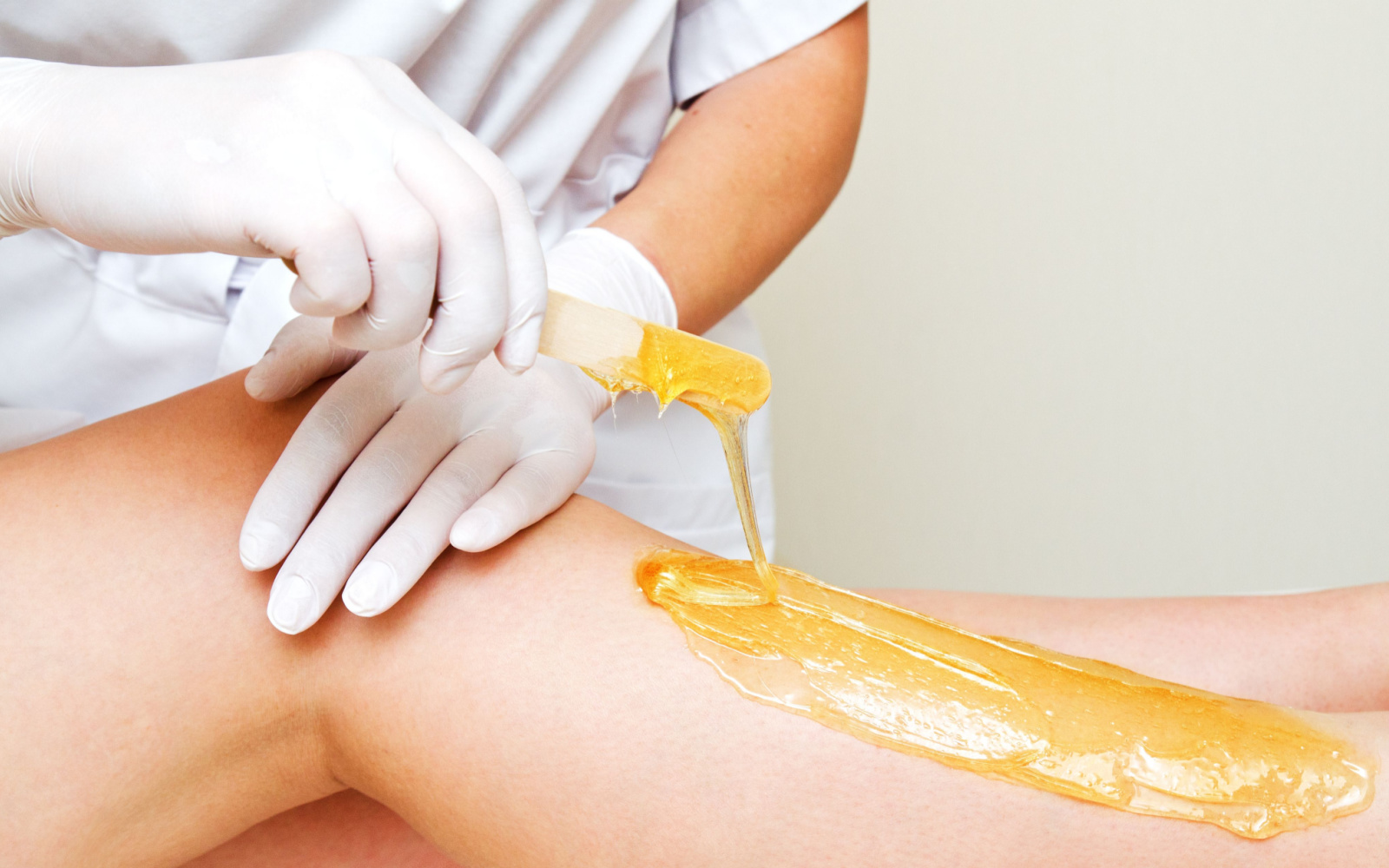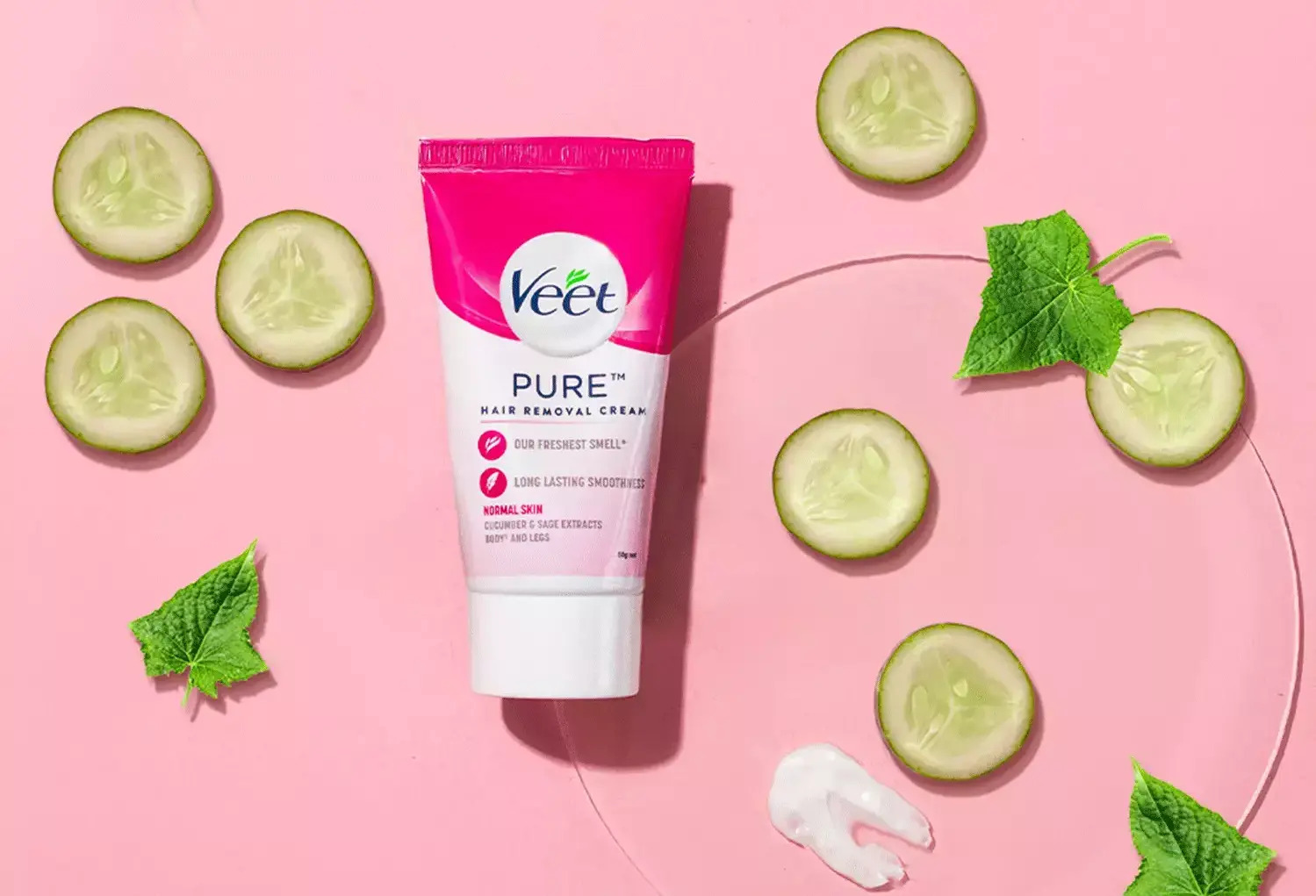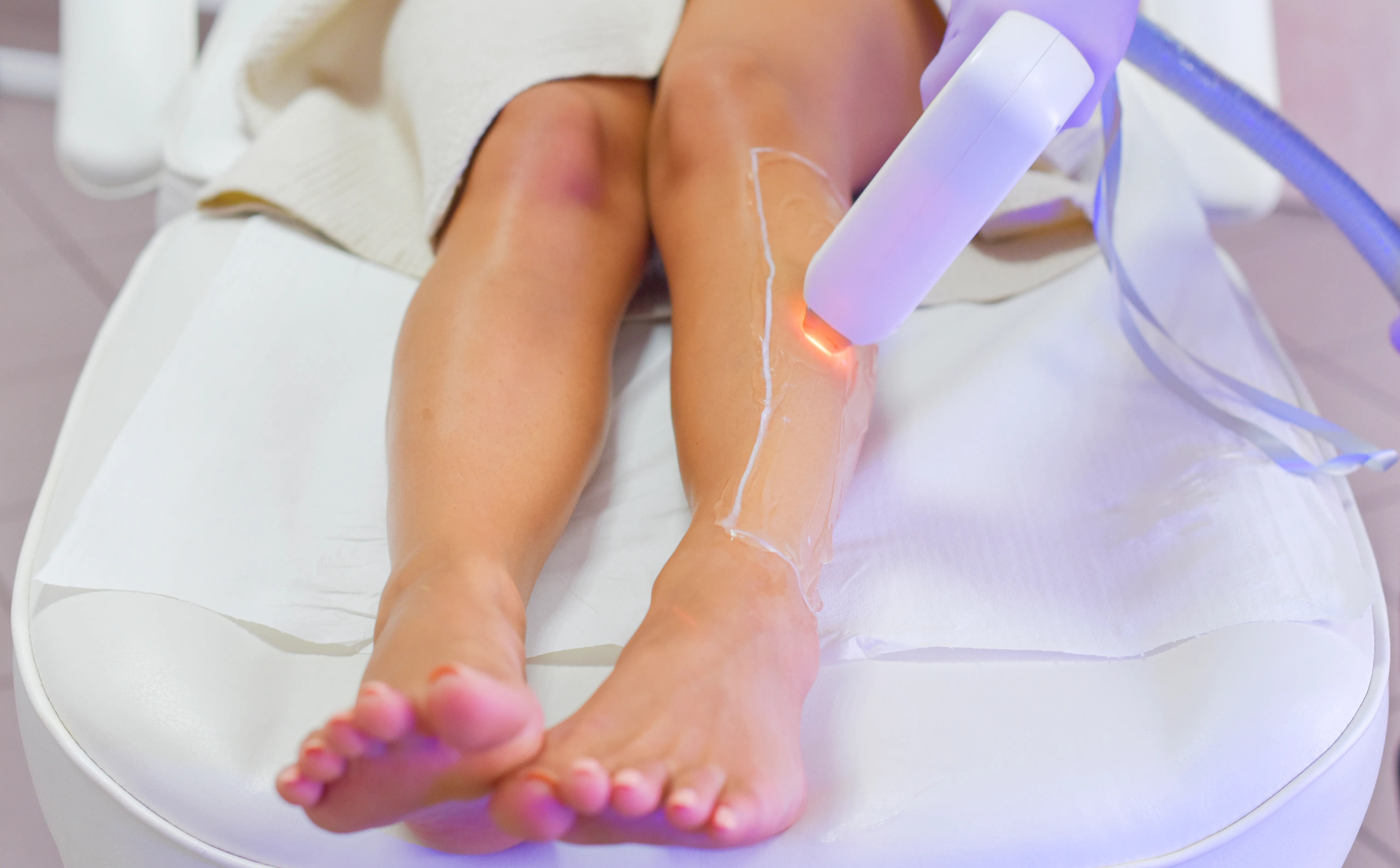Home>Latest Posts>How Often To Use IPL Hair Removal
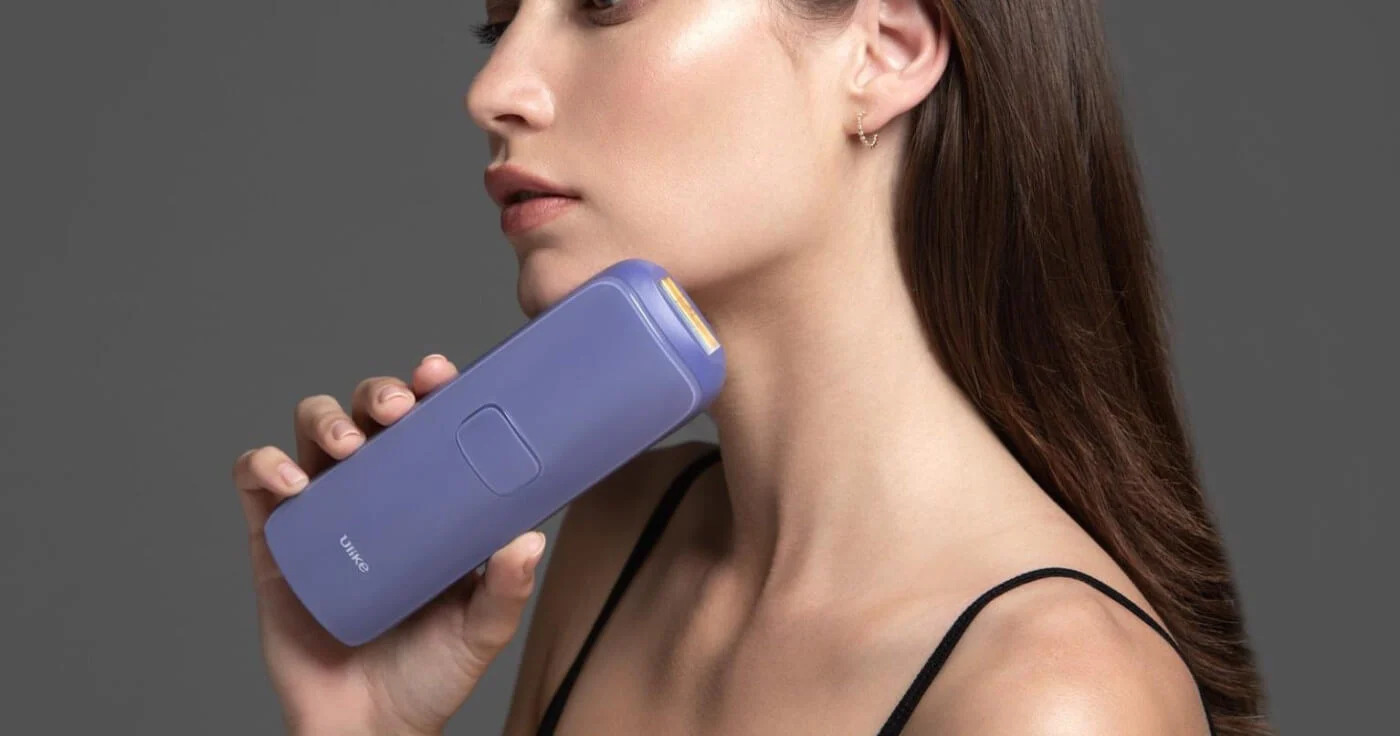

Latest Posts
How Often To Use IPL Hair Removal
Modified: August 5, 2023
Discover the latest trends in IPL hair removal and find out how often you should be using this revolutionary method to achieve smooth, hair-free skin.
(Many of the links in this article redirect to a specific reviewed product. Your purchase of these products through affiliate links helps to generate commission for Under-tec.com, at no extra cost. Learn more)
Table of Contents
Introduction
Welcome to the world of IPL Hair Removal! If you’re tired of constantly shaving, waxing, or plucking unwanted hair, IPL Hair Removal might be the perfect solution for you. IPL stands for Intense Pulsed Light, a technology that targets the hair root and inhibits future hair growth. It’s a safe and effective method that has gained popularity in recent years.
But as with any hair removal method, the frequency of use plays a crucial role in achieving the desired results. How often should you use IPL Hair Removal? The answer depends on several factors, such as your hair growth cycle, skin type, and the specific device you are using. In this article, we will explore these factors and provide recommendations for the optimal frequency of IPL Hair Removal.
Before we delve into the details, let’s briefly understand how IPL Hair Removal works. IPL devices emit broad-spectrum light that targets the pigment in the hair follicles. This light is absorbed, which then heats up the hair follicles, damaging them and inhibiting regrowth. Over time, with regular treatments, the hair becomes finer and lighter, eventually leading to a reduction in hair growth.
Now that we have a basic understanding of IPL Hair Removal, let’s delve into the factors that influence how often you should use this method to achieve the best results.
Understanding IPL Hair Removal
IPL Hair Removal is a non-invasive technique that offers a long-term solution for unwanted hair. Unlike traditional methods like shaving or waxing, IPL targets the hair root, providing a more effective and lasting result. This technology has revolutionized the beauty industry, making it easier and more convenient to achieve smooth, hair-free skin.
At its core, IPL Hair Removal works by using intense pulsed light to target the melanin, or pigment, in the hair follicles. The light energy is absorbed by the melanin, which then converts it into heat. This heat damages the hair follicles, inhibiting their ability to produce new hair. Over time, with regular treatments, the hair growth is significantly reduced, leaving you with smooth and hair-free skin.
It’s important to note that IPL Hair Removal is not immediate. The process requires multiple sessions to achieve the desired results. This is because hair goes through different growth stages, and IPL only effectively targets hair in the active growth stage. Since not all hair is in this stage at the same time, multiple treatments are needed to catch all the hair in the active phase.
It’s also essential to understand that IPL Hair Removal is not suitable for everyone. The treatment works best on individuals with fair skin and dark hair, as the contrast between the skin color and hair color allows for more effective targeting of the hair follicles. Individuals with darker skin tones may not experience the same level of efficacy or may be at a higher risk of adverse effects.
Additionally, IPL Hair Removal is not recommended for individuals with blonde, gray, or red hair. The reason is that these hair colors contain less melanin, making it difficult for the IPL light to be absorbed effectively. As a result, the treatment may not be as effective in inhibiting hair growth in individuals with these hair colors.
Overall, IPL Hair Removal offers a convenient and effective solution for long-term hair reduction. With proper understanding and adherence to the recommended guidelines, you can achieve smoother and hair-free skin, eliminating the need for constant shaving or waxing.
Factors to Consider for Frequency of Use
When determining how often to use IPL Hair Removal, several factors need to be considered. These factors can influence both the effectiveness of the treatment and the overall experience. Understanding these variables will help you develop a personalized regimen that optimizes your results.
1. Hair Growth Cycle: The hair growth cycle consists of three phases – anagen (active growth phase), catagen (transitional phase), and telogen (resting phase). IPL Hair Removal only targets hair in the anagen phase, as this is when the hair follicle is most receptive to the treatment. Therefore, it’s important to space out your treatments to coincide with the hair’s growth cycle and ensure that you capture as many hairs as possible in the active phase.
2. Skin Type: Different skin types react differently to IPL Hair Removal. Fair skin with dark hair typically responds best to the treatment, as the contrast between the hair and skin allows for better targeting of the hair follicles. Darker skin tones can still benefit from IPL Hair Removal, but caution must be exercised to avoid adverse effects. If you have a darker complexion, it’s essential to consult with a professional before starting treatment to ensure it is safe and effective for you.
3. Hair Color: IPL Hair Removal is most effective on dark hair. The pigment in dark hair absorbs the light energy more efficiently, allowing for better targeting of the hair follicles. If you have blonde, gray, or red hair, the treatment may be less effective or may not work at all. It’s important to consider your hair color when determining the frequency of IPL Hair Removal treatments.
4. Treatment Area: The size of the treatment area can also influence the frequency of IPL Hair Removal. Larger areas, like the legs or back, may require more frequent treatments to cover the entire area adequately. Smaller areas, such as the upper lip or underarms, may require fewer treatments.
5. Treatment Device: Not all IPL devices are created equal. Different devices have varying power levels, pulse durations, and treatment windows. These factors can impact the effectiveness and efficiency of the treatment. It’s essential to follow the manufacturer’s guidelines and recommendations for your specific device to determine the appropriate frequency of use.
By considering these factors, you can establish a frequency of use that aligns with your hair and skin characteristics. Keep in mind that consistency is key in achieving optimal results with IPL Hair Removal.
Recommended Frequency for IPL Hair Removal
The recommended frequency for IPL Hair Removal varies depending on individual factors, such as hair growth cycle, skin type, and the specific IPL device being used. While there is no one-size-fits-all answer, we can provide some general guidelines to help you determine an appropriate frequency for your treatments.
For most individuals, it is recommended to start with initial treatments every 4-6 weeks. This interval allows enough time for hair in the active growth phase to regrow and be effectively targeted by the IPL treatment. As you progress with your treatments and the hair growth becomes less dense, you can gradually increase the time between sessions to 6-8 weeks.
Consistency is crucial when it comes to IPL Hair Removal. It’s important to complete the full series of treatments as recommended by the manufacturer or a qualified professional. Typically, you can expect to undergo 6-8 treatments for optimal results, although this number can vary depending on individual response and the desired level of hair reduction.
It’s worth mentioning that IPL Hair Removal is not a one-time solution, as hair growth can be influenced by various factors, such as hormones and genetics. Therefore, periodic maintenance sessions may be necessary to maintain the results and address any hair regrowth that may occur over time.
It’s important to note that these are general guidelines, and it’s always advisable to consult with a dermatologist or a certified IPL technician for personalized recommendations. They can assess your hair and skin type, evaluate your specific needs, and suggest the most appropriate frequency for your IPL Hair Removal treatments.
Remember, patience is key with IPL Hair Removal. Results are not immediate, and it may take several treatments before you start noticing significant hair reduction. It’s essential to follow the recommended frequency and have realistic expectations regarding the gradual progress of the treatment.
Ultimately, finding the right frequency for your IPL Hair Removal treatments will involve a balance between allowing enough time for hair regrowth and maintaining regular intervals for continued progress. By following professional advice and staying consistent with your treatments, you can achieve the long-lasting results you desire.
Overusing IPL Hair Removal: Risks and Side Effects
While IPL Hair Removal is generally safe and effective when used correctly, overusing the treatment can lead to potential risks and side effects. It’s important to understand the potential consequences of excessive treatment and take the necessary precautions to avoid them.
One of the primary risks of overusing IPL Hair Removal is the potential for skin damage. IPL devices emit intense light energy, which can cause burns, redness, and irritation if used too frequently or at an inappropriate energy level. It’s crucial to follow the manufacturer’s guidelines and recommendations for your specific device to minimize the risk of skin damage.
Another side effect of overusing IPL Hair Removal is the possibility of hypopigmentation or hyperpigmentation. Hypopigmentation refers to lighter patches on the skin, while hyperpigmentation refers to darker areas. These pigmentation changes can occur if the IPL treatment is not properly calibrated or if the skin is exposed to excessive heat. It’s important to use IPL devices responsibly and avoid excessive treatments in the same area to reduce the risk of pigmentation issues.
Overusing IPL Hair Removal can also lead to dryness and increased sensitivity of the treated skin. The intense light energy can disrupt the skin’s natural barrier, leading to dryness, flakiness, and increased sensitivity to external factors. It’s crucial to moisturize and protect the treated area with sunscreen to minimize these effects and promote skin healing.
Patients with certain medical conditions or taking specific medications may be more susceptible to adverse effects from overusing IPL Hair Removal. It’s essential to disclose your medical history and current medications to a dermatologist or IPL technician before undergoing treatment. They can assess any potential risks and tailor the treatment to your specific needs.
To avoid the risks and side effects associated with overusing IPL Hair Removal, it’s vital to adhere to the recommended treatment frequency and follow the instructions provided by the manufacturer or a qualified professional. Give your skin enough time to recover between sessions and avoid treating the same area too frequently.
If you experience any concerning side effects or have any doubts about your IPL treatment, it’s crucial to seek advice from a healthcare professional. They can assess your specific situation and provide appropriate guidance to ensure the safe and effective use of IPL Hair Removal.
Remember, moderation is key when it comes to IPL Hair Removal. By using the treatment responsibly and following the recommended guidelines, you can minimize potential risks and achieve the desired results without compromising your skin’s health.
Underusing IPL Hair Removal: Impact on Results
While it’s important to avoid overusing IPL Hair Removal, underusing the treatment can also have a significant impact on the desired results. Consistency and adherence to the recommended treatment schedule play a crucial role in achieving the best outcome.
Underusing IPL Hair Removal by not following the recommended treatment frequency can result in slower hair reduction and less noticeable results. IPL targets hair in the active growth phase, and if treatments are spaced too far apart, some hairs may have the opportunity to return to the active phase, hindering the progress of the treatment.
When treatments are not performed at the recommended intervals, the hair follicles that were not effectively targeted in previous sessions have a chance to grow back. This can lead to incomplete hair reduction and require more treatments in the long run to achieve the desired results.
Additionally, underusing IPL Hair Removal can contribute to inconsistent results. The hair growth cycle varies from person to person, and not all hairs are in the active growth phase at the same time. By following the recommended frequency, you increase the chances of catching more hairs in the active phase and ensuring a consistent reduction in hair growth.
It’s important to note that IPL Hair Removal is a cumulative process. The results become more noticeable and long-lasting with each session. By underusing the treatment and not completing the recommended series of sessions, you may not experience the full benefits and may not achieve the level of hair reduction you desire.
To ensure optimal results, it’s essential to follow the recommended treatment schedule provided by the manufacturer or a qualified professional. Be consistent with your treatments, and do not skip sessions unless advised by a healthcare professional. By doing so, you maximize the potential of IPL Hair Removal and increase the chances of achieving long-lasting hair reduction.
If you have concerns about the treatment frequency or are unsure about the proper schedule for your specific needs, consult with a dermatologist or an experienced IPL technician. They can assess your individual hair and skin characteristics and provide personalized recommendations for the optimal treatment frequency.
Remember that patience and commitment are key when it comes to IPL Hair Removal. By consistently following the recommended treatment schedule, you can achieve the best results and enjoy smooth, hair-free skin in the long run.
Tips for Maintaining IPL Hair Removal Results
After completing a series of IPL Hair Removal treatments and achieving the desired results, it’s important to maintain those results for the long term. Here are some helpful tips to help you maintain the effects of IPL Hair Removal:
1. Stay Consistent: While the frequency of treatments may decrease after completing the initial sessions, it’s still important to schedule periodic maintenance sessions. This helps target any hair regrowth and ensures that the results remain consistent over time.
2. Protect Your Skin: Shield your skin from excessive sun exposure, as tanned skin can be more sensitive to IPL treatments. Apply sunscreen with a high SPF to the treated areas before going outside, even during cloudy days. Sunscreen will protect your skin from harmful UV rays and help maintain the results of IPL Hair Removal.
3. Avoid Waxing or Plucking: As tempting as it may be, refrain from waxing, plucking, or using depilatory creams on the treated areas. These methods remove the hair at the root, which is counterproductive to IPL Hair Removal. Instead, opt for other hair removal techniques such as shaving or trimming the hair between IPL sessions.
4. Maintain Good Skin Care: Keep your skin well-nourished and hydrated by moisturizing regularly. Use gentle cleansers and avoid harsh exfoliators that can irritate the skin. Keeping your skin healthy and hydrated helps to support the hair reduction achieved through IPL treatments.
5. Be Patient: Results from IPL Hair Removal are not immediate and can take time to fully manifest. It’s important to remain patient and realistic about the progress. Hair can grow back in treated areas, but the regrowth will be significantly reduced compared to before the treatments. Continuous sessions and consistent maintenance will yield the best long-term results.
6. Communicate With Professionals: If you have any concerns or notice any unexpected changes in your skin or hair regrowth, don’t hesitate to reach out to a dermatologist or IPL technician. They can provide guidance, reassurance, and address any questions or issues that may arise.
7. Consider Other Factors: Keep in mind that factors such as hormonal changes, certain medications, and genetics can influence hair growth. These factors may require adjustments in maintenance frequency or additional treatments. Discuss any relevant changes or considerations with a healthcare professional.
By following these tips and maintaining a consistent approach to aftercare, you can prolong the results of your IPL Hair Removal treatments and enjoy smooth, hair-free skin for an extended period.
Conclusion
IPL Hair Removal is a convenient and effective method for achieving long-term hair reduction. However, the frequency of use plays a crucial role in maximizing the results and ensuring a positive experience. By considering factors such as the hair growth cycle, skin type, and treatment device, you can determine the recommended frequency for your IPL Hair Removal sessions.
Overusing IPL Hair Removal can lead to risks and side effects, including skin damage, pigmentation changes, and increased sensitivity. It’s important to use the treatment responsibly, following the manufacturer’s guidelines and seeking professional advice when needed.
On the other hand, underusing IPL Hair Removal can result in slower hair reduction and inconsistent results. Following the recommended treatment frequency and completing the full series of sessions is essential for achieving optimal outcomes.
To maintain the results of IPL Hair Removal, stay consistent with periodic maintenance sessions, protect your skin from excessive sun exposure, and avoid waxing or plucking the treated areas. Good skincare practices and open communication with professionals also contribute to long-lasting results.
By incorporating these tips into your routine, you can enjoy the benefits of IPL Hair Removal for an extended period, reducing the need for other hair removal methods and achieving smoother, hair-free skin.

